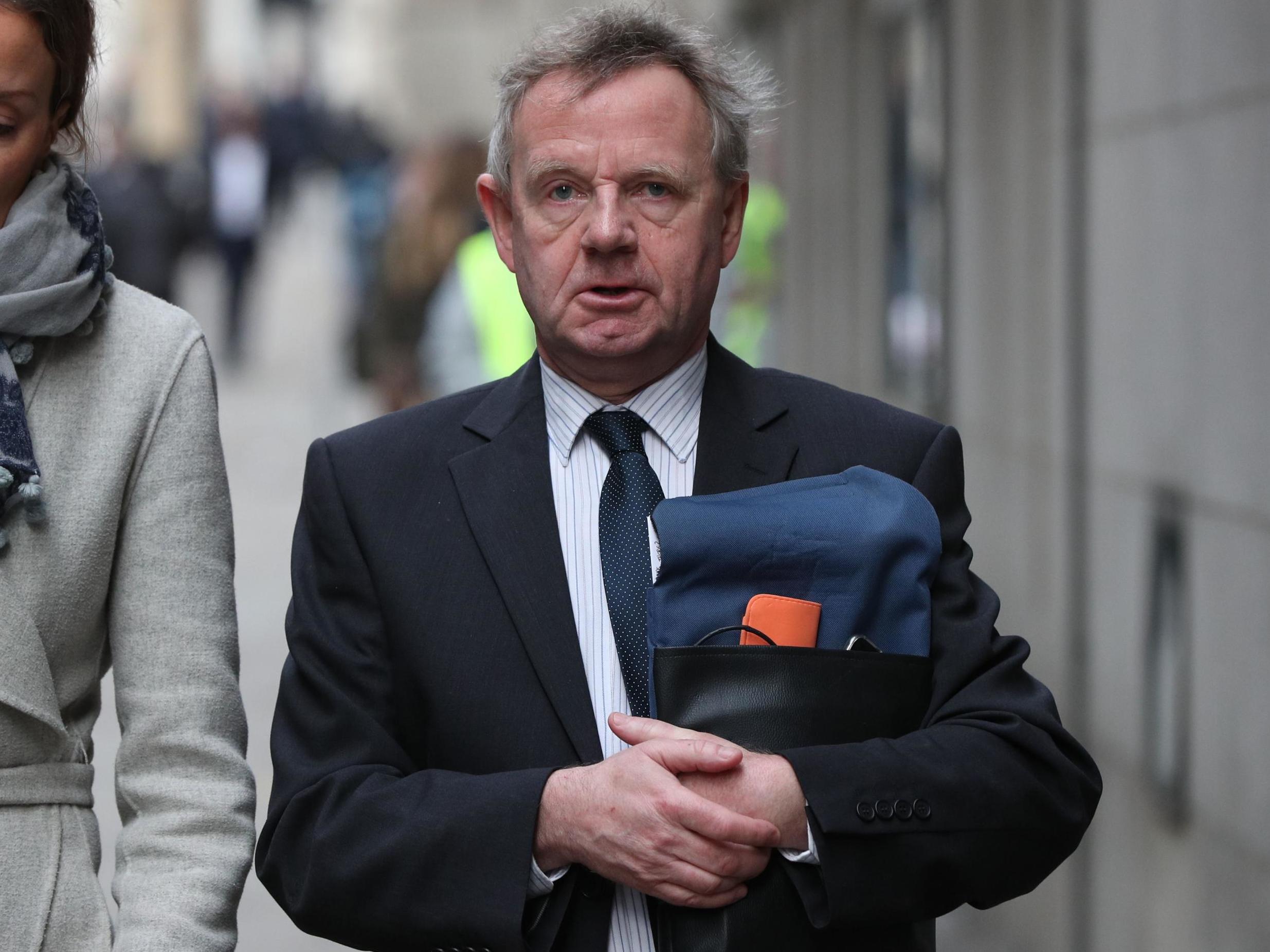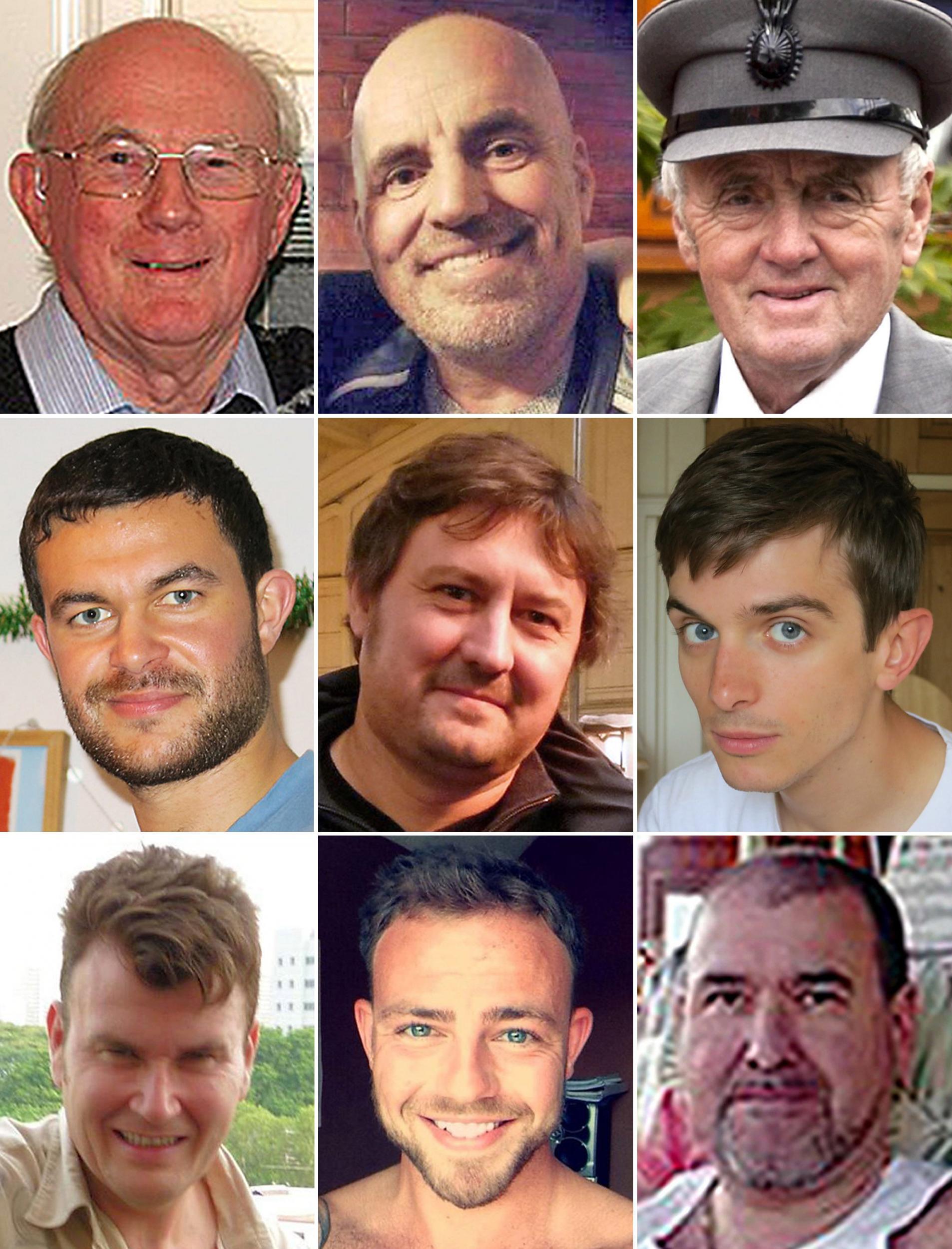Shoreham air crash trial: Pilot could think of ‘no rational explanation’ for why he flew failed loop so badly, court hears
Andrew Hill's Hawker Hunter plane crashed in a fireball on a dual carriageway, killing eleven people, the Old Bailey has heard
The pilot whose jet crashed in a fireball on a dual carriageway after a failed loop at the Shoreham airshow could think of “no rational explanation” why he failed the fatal manoeuvre so badly, a court heard.
In a statement given two years after the 2015 disaster, Hawker Hunter pilot Andrew Hill said he couldn’t understand why the jet’s thrust reduced when it was supposed to be gaining the height required to complete the loop safely, the Old Bailey was told.
The jury heard how the jet was far too low at the top of the manoeuvre to be able to complete it safely and instead crashed on the A27, killing 11 people.
Mr Hill, 54, is now on trial accused of 11 counts of manslaughter by gross negligence.
He denies the charges, claiming he had not been in full control of his actions when he attempted the loop, possibly because the G-force experienced while manoeuvring the jet had caused him cognitive impairment.

The court has heard that after being badly injured in the crash, Mr Hill has no memory of what happened.
But in November 2017 he gave a statement in which he commented on an analysis of the fatal flight that was provided by others.
In the statement, which was read to the jury, Mr Hill commented on how, about three seconds after beginning to climb at the start of the loop, the jet experienced a reduction in engine revs per minute (RPM).
Mr Hill said: “I can’t think of any rational explanation for this.”

In relation to the whole failed loop, he added: “I cannot think of any reason why, if I was fully aware of what was going on, I would have flown the manoeuvre in the manner reported.”
The prosecution maintains that Mr Hill made a “conscious decision” to commit to the loop when he was far too low, which was a “cardinal sin” for any pilot.
The jury has also heard that in the immediate aftermath of the crash, Mr Hill told a paramedic who was trying to save his life that “he had at some point blacked out in the air”.
The prosecution has told the jury that although Mr Hill was a competent and skilled pilot, there were occasions when he played "fast and loose" with safety rules.
On Tuesday the court also heard how at the Southport airshow in 2014, a year before the Shoreham crash, Mr Hill flew a jet so low above the watching crowd that he was immediately ordered to stop the display.
One witness recalled the “stop, stop, stop” order came after Mr Hill flew “less than 100ft above the ground and the crowd”.
The court also heard that Mr Hill subsequently explained that while trying a Derry turn manoeuvre, the jet had rolled more slowly than he had expected, taking it too low.
The jury was told the incident led to discussion about whether Mr Hill’s Civil Aviation Authority display authorisation should be suspended.
In the end, however, Mr Hill agreed to remove the Derry turn from his display sequence and was allowed to fly at the air show the following day.
The trial continues.

